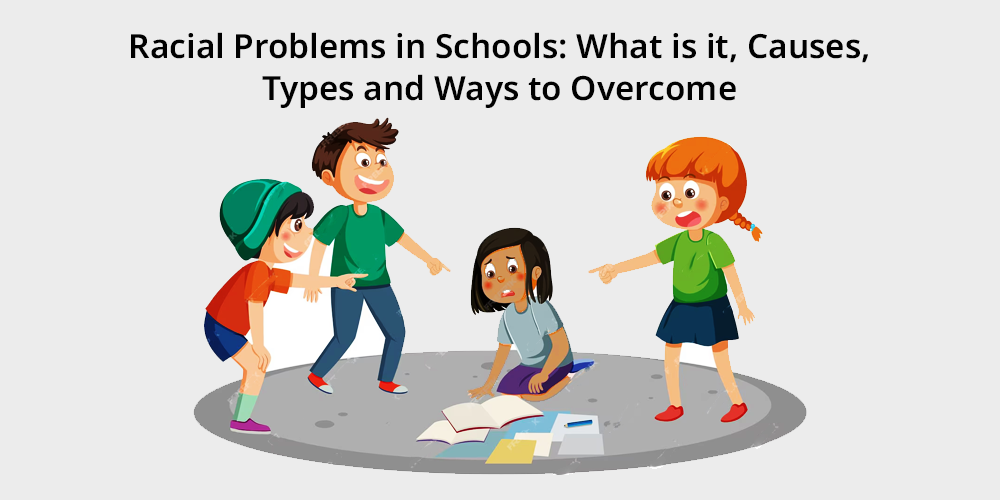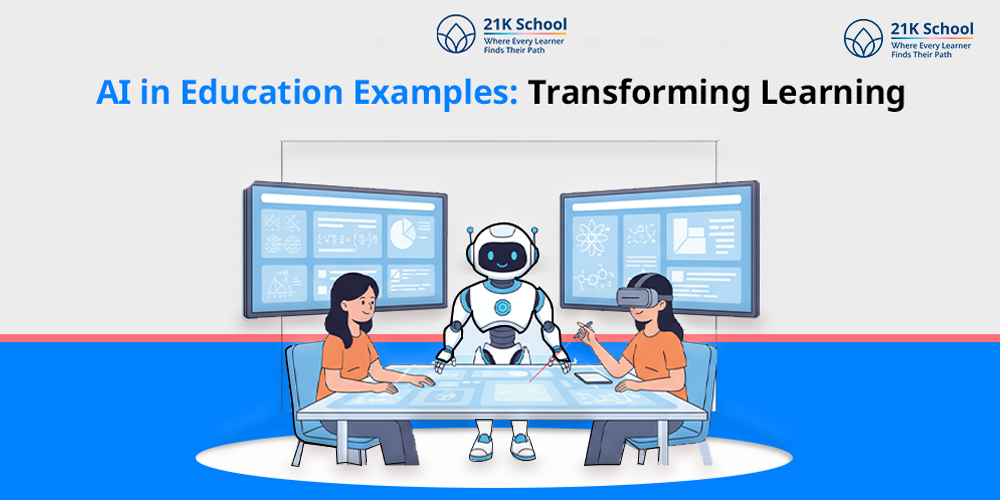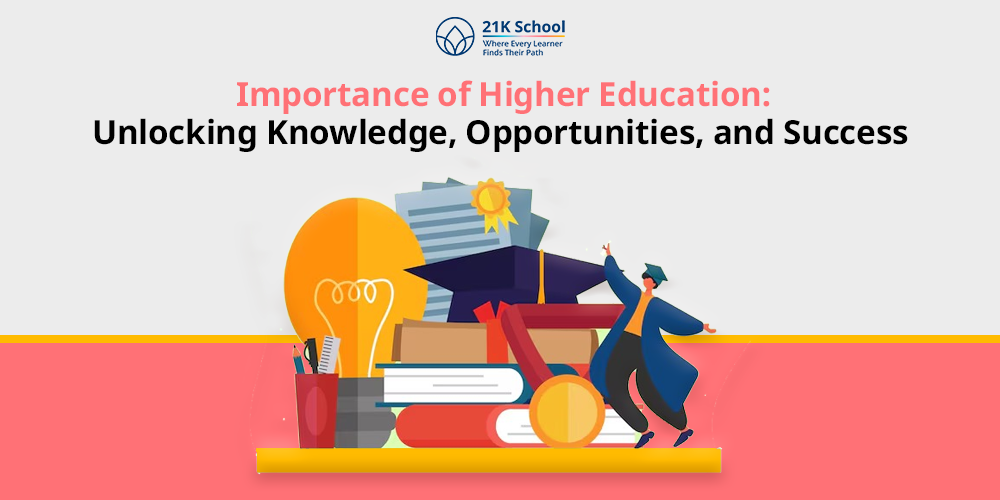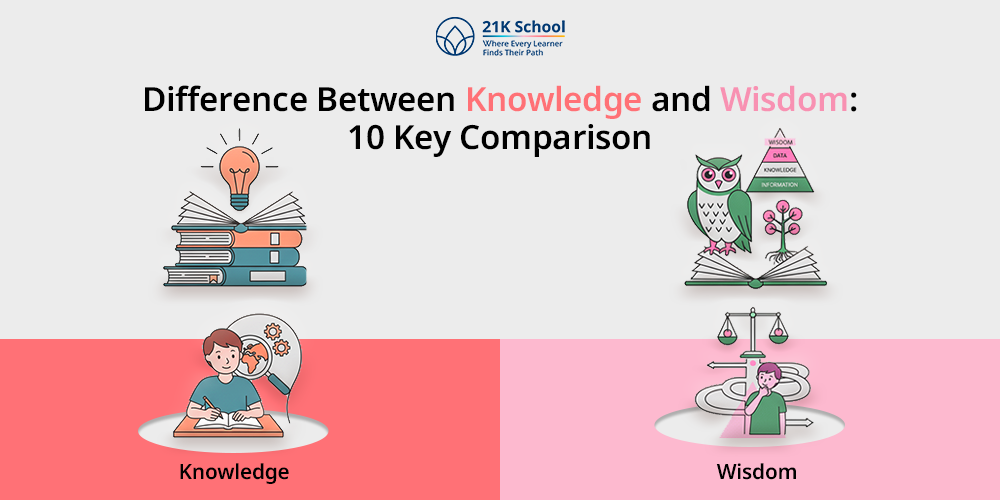
Racial problems have become a major issue in many schools, due to which many students have to face racial discrimination and harassment.
Racial problems have become a major challenge for students due to various reasons, they are discriminated against for their colour and ethnicity.
During racism, students were bullied by their peers in the form of teasing, manifesting, hitting, patting, and discriminating on the basis of their colour, and other criteria.
Racial discrimination causes students to perform poorly in academics and impacts their holistic education .
Racial issues hamper students cognitive development as well as impact children’s mental health.
Schools and governments can use effective strategies to eradicate racial problems in schools and promote a positive learning environment .
Contents
What are Racial Problems in Schools?
Racial problems can be understood as the discrimination of individuals on the basis of skin colour and someone’s race.
Mostly black colored people face more discrimination in academics and the workplace by their peers and coworkers.
Racial problems also occur due to other related discrimination such as nationality, gender, skin tone, financial condition, religion and disability.
Such racial, ethnic and religious discrimination still occurs in many parts of the world.
They can be sly and devious at times or dramatically brutal at others. Racial problems can be mitigated through various strategies such as inclusive education , experiential learning , collaborative learning and so on.
Types of Racism Problems in School
A wide range of racism problems exist that hamper the educational process of students and affect them negatively.
The racism problem can be of two types, direct racism and indirect racism, which includes harassment or victimisation.
Racial problems cause students to perform poorly in their academics and drop out. Here you can check the types of racism problems in schools.
1. Discrimination
Discrimination is the major challenge faced by most students in schools. Discrimination occurs due to various reasons such as financial conditions, disabilities, skin tone, gender disparities, skin tone, etc.
Discrimination makes students think of themselves differently from others.
2. Verbal Abuse
Verbal abuse occurs due to racial issues. In verbal abuse, students discriminate against students on the basis of stiff language, name-calling of peers with fun language, using bad language, etc.
This causes students to perform poorly in academics and have difficulty in socialisation.
3. Academic Bias
Academic bias, which is also known as institutional racism that hinders the ongoing process of teaching and learning.
Academic bias occurs due to discrimination against ethics and race, in this type of racism, educational institutions fail to promote a positive and equal learning environment, which stops students creative thinking skills .
4. Harassment
Harassment is the most common behaviour problem in schools that occurs due to racism.
Many students harass other people on the basis of their nationality, skin colour, gender, disabilities and so on. Harassment causes children to feel humiliated, offended or degraded.
5. White Privilege
White privilege means giving privilege or benefits to students whose skin tone is white as compared to other students. White privilege is given to students because of some societal thoughts and concepts.
These make other students feel neglected or ignored, which hampers their true potential in terms of education and other activities.
6. Direct Racism
Direct racism is a type of racism in which students are discriminated on the basis of their race, colour, ethnicity, accent, etc. Due to which they are treated unfairly or unequally as compared to others.
This causes students to refuse to participate with others and behave rudely. This causes students to become anxious and feel uncomfortable.
7. Indirect Racism
Indirect racism is a type of discrimination of people due to their disadvantaged group.
Indirect racial discrimination occurs when a rule, policy or working practice applies to everyone but disadvantages a person or group due to their race. This hampers the disadvantaged group and makes them isolated.
8. Unconscious Bias
The term unconscious bias, also known as implicit bias, refers to a subconscious mindset that influences how people feel and perceive those around them.
Although unconscious attitudes aren’t always as well-developed as conscious ones, they can be deeply embedded and influence people’s emotional and logical reactions in daily circumstances.
9. Institutional Racism
Institutional racism is a type of discrimination which occurs due to race, ethnicity and other related factors.
Institutional racism mostly occurs in schools and workplaces in where other peers and co-workers discriminate against others on the basis of their colour and nationality.
Effects of Racial Problems in Schools
Racial problems in schools adversely affect students mental health and physical well-being. Racial problems cause students to develop stress and depression, and adversely hamper academic progress.
Sometimes racial problems give students lifelong trauma, and they find it difficult to cope with it. Below, you can check the effects of racial problems in schools.
1. Stress
Racial problems cause students to develop stress and anxiety. Exposure to racism in schools affects childrens mental health negatively, which affects their overall performance.
Stress causes students to deteriorate their health negatively and go into depression.
Lower groups of students are more targeted for racism because of their gender, race, ethnicity, skin tone, etc. Even exam stress also causes students to perform poorly in academics.
2. Poor Academic Performance
Racial challenges cause childrens to perform poorly in their academics.
Due to stress and negativity, students find it difficult to concentrate on their subjects due to which their grades affect adversely. Due to racial problems, even students have to drop out of their schools.
3. Low Self-esteem
Racial problems also cause students to develop low self-esteem, as racial problems cause students to develop the feeling of inadequacy.
Negative discrimination of racism affects students’ overall performance and hampers their mental health issues. Due to low self-esteem, students find it difficult to socialise with others.
4. Difficulty in Socialisation
Due to racism, students feel different from others, which causes them to perform poorly.
Due to a lack of self-esteem and confidence, students find it tough to socialise with others and develop bonding with others. Lack of socialisation causes students to reduce effectiveness and support.
5. Difficulty in Communication
Students who face racial discrimination have problems communicating with others.
Due to negativity and low self esteem, students see themselves differently from others, which causes them to find difficulty in socialisation and communication.
Importance of communication skill allows it to enhance credibility and efficiency.
6. Increased Dropout Rates
Due to racism in schools many students dropped out of the class, because they are unable to cope with it.
Due to low motivation and racist thoughts, victimised students drop as this not only hampers their mental health but also affects them academically. This causes students to feel overwhelmed and distinct from others.
7. School Harassment
School harassment has become a common aspect of racism that makes students feel humiliated and weak. Discrimination is done on the basis of gender disparities, skin tone, disabilities and so on.
This causes students to get bullied by their peers or sometimes even by their teachers by physically, mentally, and verbally.
Causes of Racial Problems in Schools
Racial Problems occur among students due to various reasons that hamper education and overall well being. The major causes of racial problems in schools are poverty, gender disparities, lack of discipline and so on.
This makes students tease and bully others in the name of fun and entertainment. Here are the causes of racial problems in schools mentioned below.
1. Poverty
Poverty is one of the main causes of racial problems in schools, which causes discrimination.
Due to economic constraints, various students can’t afford quality resources, as compared to financially strong kids, which makes them different from others.
Due to poverty students are unable to buy resources or get quality services due to which it is restricted them from getting equal opportunities.
2. Social Issues
Social issues are one of the major causes of racial problems in schools.
Social issues such as poor resources, unequal education, lack of diversity, lack of morals, ethics, and values, societal problems, home issues, etc. These social problems hinder students’ development and creativity.
3. Gender Discrimination
Gender discrimination is the most common racial problem in schools, gender like female, male and the third gender have to face this type of discrimination.
Gender discrimination causes students to develop stress and feel themselves as compared to others. Even various transgender students find themselves different from others and are mostly biased on the basis of their appearance.
4. Ethnicity and Race
Ethnicity and race are the most common problems of racism in schools. Students were judged on the basis of their skin tone and other characteristics.
Due to brown and black skin colour, students have to face more discrimination, which causes them to perform poorly in their academics.
5. Lack of Discipline
Lack of discipline is the most common cause for racial problems in schools. Some students make fun of others on the basis of some differences.
This happens because such children do not have adequate behavioural skills and don’t follow any classroom discipline in their lives.
Ways to Overcome Racial Problems in Schools
Racial problems can be overcome by implementing various methods and strategies.
Proper discipline, ethics and teaching students about morals and values help students eradicate racism and discrimination in schools.
Here you can check the ways through which racial problems can be eradicated.
1. Antiracist Policy
Racial problems in schools can be alleviated by implementing anti racist policies. The government should impose strict restrictions and regulations on racism in schools.
Schools should also help in promoting inclusive and equal learning environments to break the stereotypes of racism.
2. Inclusive Education
One of the effective ways to break the racial problems in schools is through implementing Inclusive education in schools.
Benefits of inclusive education provides students with equal learning opportunities irrespective of their social and economic backgrounds.
Schools should implement an equal and prosperous environment by promoting awareness about inclusivity.
3. Promotes Peer-to-Peer Education
Peer-to-peer education also helps in removing racism in schools. In peer-to-peer education, every student gets equal rights to study and teach others, which helps in enhancing collaboration and socialisation.
Schools should focus on implementing peer to peer education in order to boost their effectiveness and enhance holistic creativity.
4. Cultural Awareness
Cultural awareness helps in promoting equal learning opportunities irrespective of any limitations.
Cultural awareness helps in understanding others’ culture and promotes respect towards others’ religion, ethics, morals, and other factors.
This helps in promoting a collaborative learning environment and promotes friendship and unity. Schools should implement cultural studies into their curriculum, which will help eradicate discrimination and biases.
5. Governmental Support
The government can implement new policies or rules to eradicate racism. The government supports equal rights through rallies, activities and by implementing new regulations in schools.
Government support to minority sections and weaker sections will help to enhance learning outcomes of such students and allow them to develop social networking.
Conclusion
Racial issues in schools present serious difficulties that have a negative impact on students social interactions, academic achievement and mental health.
Many students feel isolated and unsupported in an atmosphere that is fueled by harassment, academic bias, discrimination, and verbal abuse.
Implementing antiracist policies, inclusive education, peer-to-peer learning and cultural awareness programs are just a few of the many strategies needed to address these problems. Even understanding racism history helps in shaping a better future .
Schools can lessen the effects of racism and support each student’s holistic development by creating a welcoming and equal learning environment.
In order to end racial discrimination and guarantee that every student has the chance to succeed, collaboration between educators, legislators and communities is crucial.



